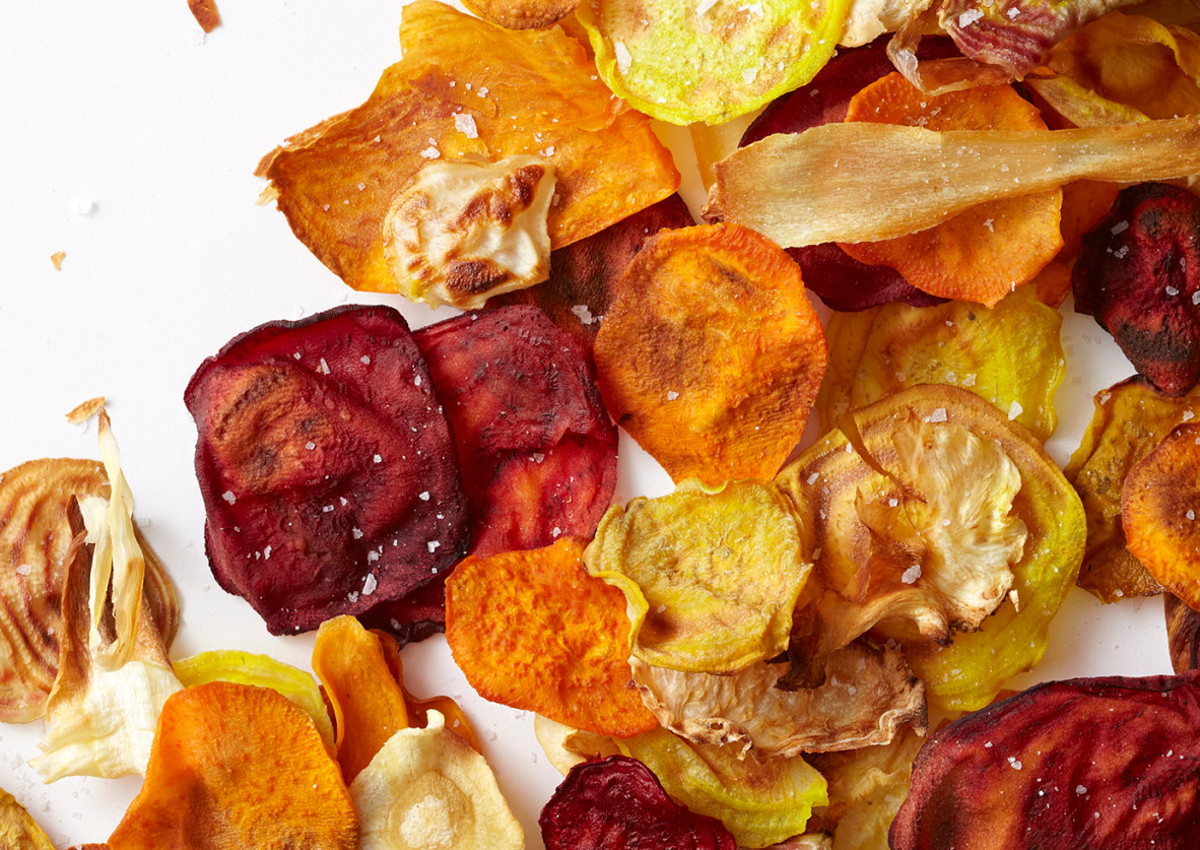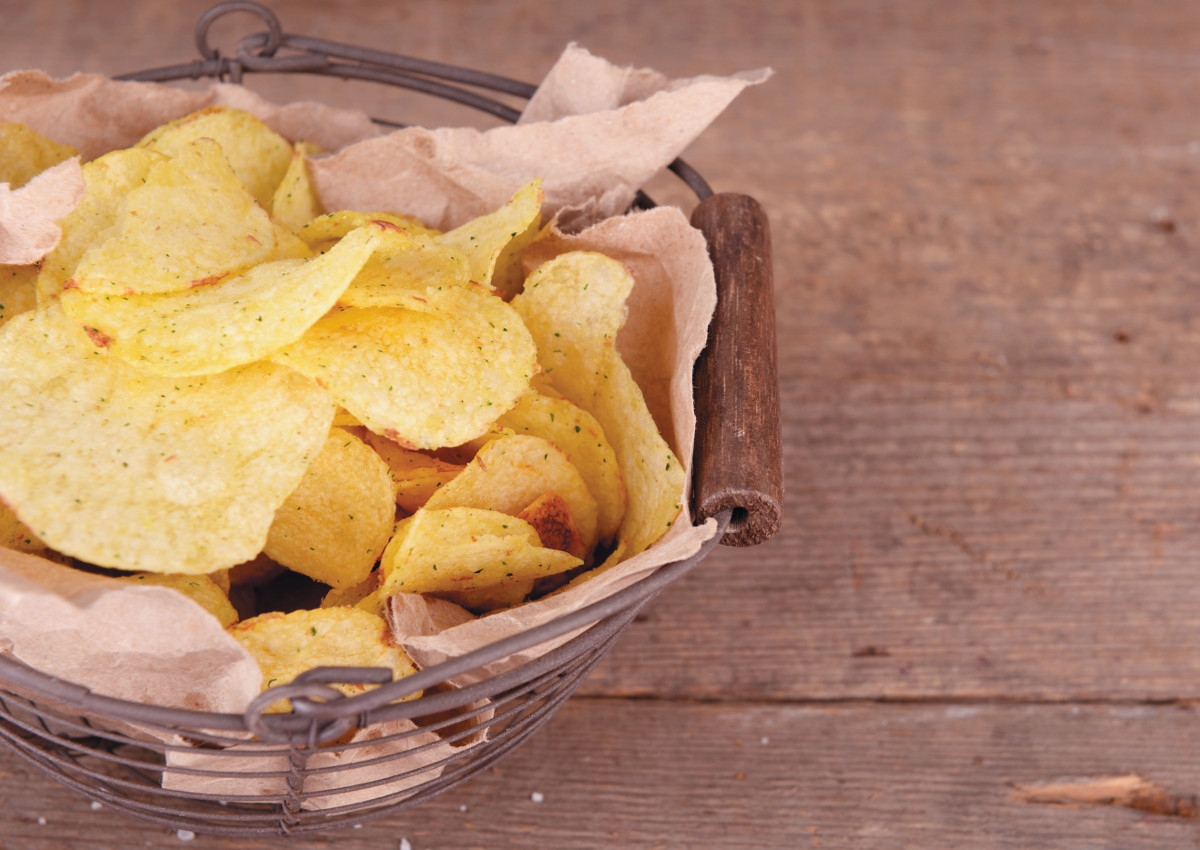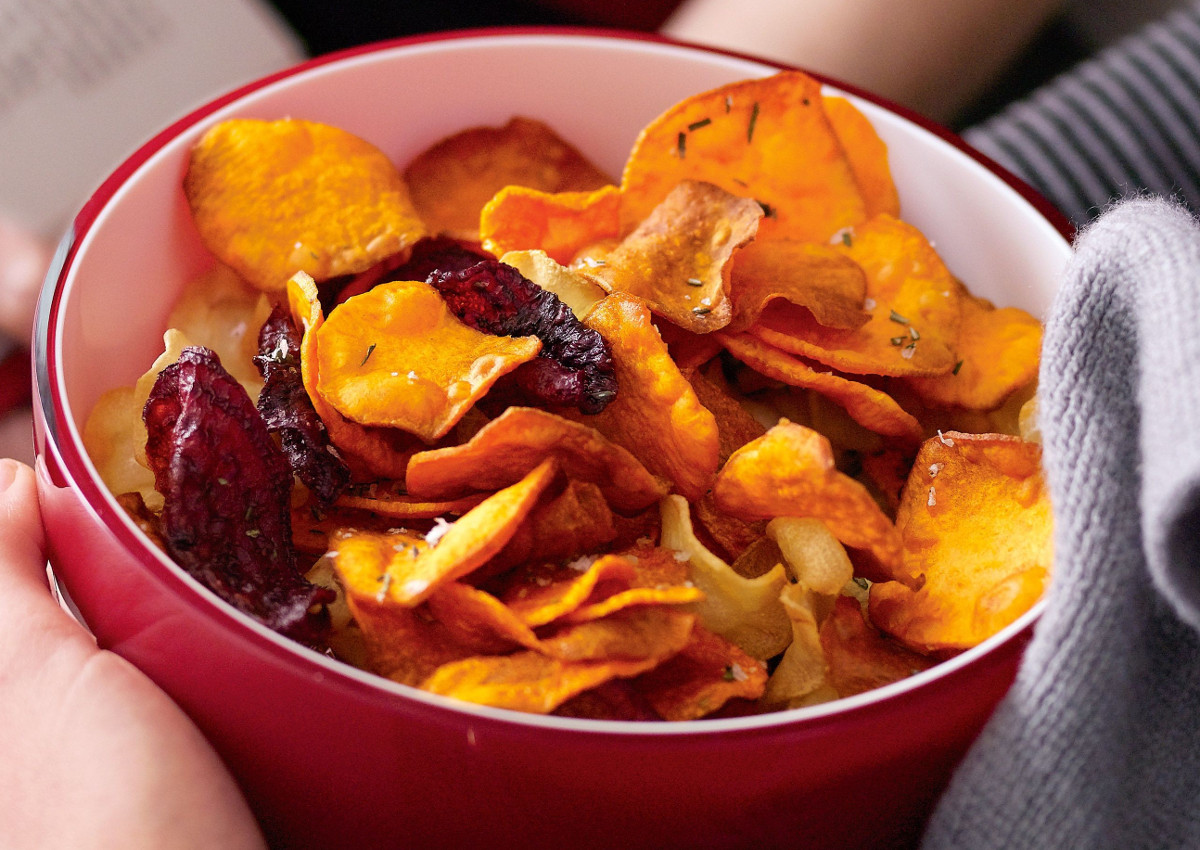
As internet-connected consumers are keen on trying food from all over the world, the snack industry goes global. Mixing exotic flavors and special ingredients, producers are offering an unprecedented variety of snacks for every moment of the day, according to recent research.
Real food trend
Globally-influenced snacks are inspired by the ongoing discovery of regional cuisines, including from Italy, with spices, ingredients and flavors from the countries of origin. This trend shows how innovation is valuable only if based on authenticity and tradition, or what experts call “real food items”. As snacks blur the lines between meals, from breakfast to dinner, manufacturers are offering “on-the-go” products that can satisfy all needs, after work or a workout, before dinner or after breakfast.

On-the-go snacking
Demand for food anytime, anywhere is prompting companies to make “snackable” products. This is particularly evident with fruit and vegetable products, with US sales of 16.3 billion dollars in the year ended May 27, according to Nielsen. In this category, sales of “on-the-go” vegetable snacks have grown annually by more than 10% on average between 2012 and 2016 to reach 1.1 billion dollars, Nielsen said.
Salty vs sweet
Savory snacks, including chips, popcorn and meat, generated more than 27 billion dollars in US sales, according to Nielsen data for the year ended April 1, 2017. Sweets follow, led by candies and cookies.
Good means healthy
Although snacks are associated more with impulsive buying than healthy eating habits, manufacturers are trying to offer better-for-you alternatives. According to Innova Market Insights data, over 40% of global snack launches recorded in the 52 weeks ending October 2016 were positioned as healthy, rising to over 73% in the United States. Most new launches in the US snack industry are represented by nuts and seeds (nearly 64% of total snack launches), according to Innova Market Insights. Even popcorn makers focus on natural and high-fiber varieties.

Italian aperitivo matches appetite for healthier snacks
Italy and France have introduced the aperitivo, or aperitif, to the rest of the world. Traditionally served in restaurants or bars before dinner, the aperitivo has become increasingly popular as a fancier version of the common happy hour. Drinks such as cocktails, liqueurs, spritzers, Prosecco, white wine and light beers are paired with a variety of snacks and appetizers served exclusively for the occasion. While still enthusiastic about their aperitif culture, Italian and French consumers are however losing interest in salty snacks for their special pre-dinner drinks, a research by group Mintel shows. The enduring popularity of the aperitif occasion means that what has likely changed is not the moment, but the snack, Marcia Mogelonsky, Director of Insight, Food and Drink said in the report. While in 2012 more than eight out of 10 French consumers and 55% of Italians ate salty snacks with their aperitifs, their share has fallen to 69% and 43% respectively this year, Mintel said. One of the possible reasons behind this change of behavior is the growing demand for healthier, natural alternatives such as cheese, vegetables, and toasts.
